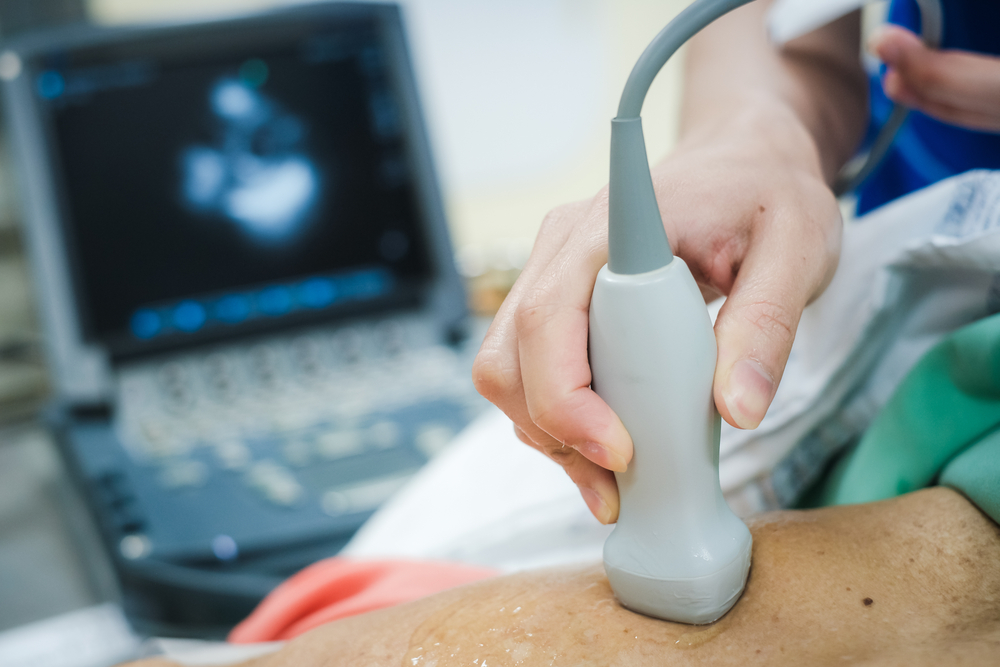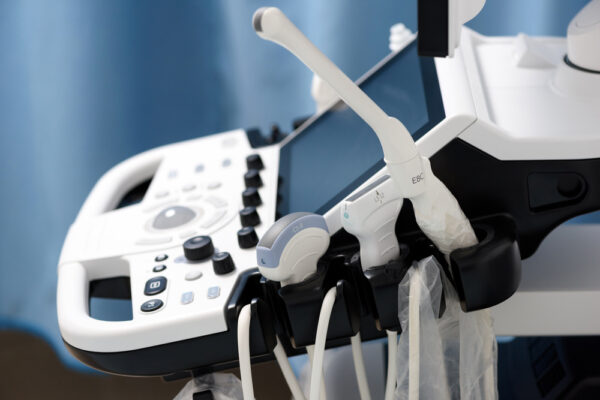Ultrasound Probe Repair: Application-Specific Performance Testing
 Ultrasound probe repair services must evolve with the increasing complexity of new ultrasound systems, particularly in probes used for specialized clinical applications. A one-size-fits-all approach to performance testing has never been ideal, but with the FDA’s Final Guidance on remanufacturing and servicing for medical devices, it’s no longer an option.
Ultrasound probe repair services must evolve with the increasing complexity of new ultrasound systems, particularly in probes used for specialized clinical applications. A one-size-fits-all approach to performance testing has never been ideal, but with the FDA’s Final Guidance on remanufacturing and servicing for medical devices, it’s no longer an option.
A repaired probe must not only return to service but also meet stringent performance criteria per FDA resubmission or original equipment manufacturer (OEM) specifications. At Acertara, we think this is a solid start — but we’re pushing for higher standards to support patient safety and outcomes. In the near future, we expect to see regulatory bodies requiring application-specific quality assurance (QA) for ultrasound probe repair.
Application-specific QA for ultrasound probe repair
Ultrasound probes come in various types, from transesophageal echocardiography (TEE) probes to high-frequency linear probes used in vascular imaging. Each type of probe serves a distinct clinical purpose, which means performance specifications vary. For example, a TEE probe requires high-resolution imaging to detect fine details in cardiac structures, while an obstetric probe focuses on broader anatomical views of the fetus. Given these differences, a repair that restores one probe to operational status might not meet the performance requirements for another application.
At the heart of ultrasound probe repair is the principle of restoring the device to its OEM specifications. This requires not only technical expertise but also application-specific testing protocols that ensure the probe is ready to perform in its designated clinical environment. Simply put, a successful repair is not just about functionality — it’s about diagnostic integrity.
 Ultrasound probe repair performance validation
Ultrasound probe repair performance validation
When we discuss performance testing in the context of ultrasound probe repair, it’s essential to reference ISO/IEC 17025:2017 accreditation. This internationally recognized standard sets the requirements for the competence of testing and calibration laboratories. It ensures that repair facilities like Acertara are not only capable of fixing probes but are also equipped to validate the performance of repaired devices against stringent quality benchmarks.
- Scientifically valid methods: All procedures for testing repaired ultrasound probes are based on peer-reviewed, standardized methodologies, ensuring the accuracy and repeatability of results.
- Regulatory compliance: Each probe meets original equipment manufacturer (OEM) specifications after ultrasound probe repair services, ensuring it performs as intended in a clinical setting.
- Electrical testing: Probe circuitry is fully functional — checked for shorts, continuity problems, and insulation integrity. These tests prevent electrical leakage that could compromise safety or performance during clinical use.
- Acoustic output measurement: The acoustic output of the repaired probe is carefully measured to ensure it falls within the safe and effective ranges specified by industry standards. This is critical for both patient safety and the accuracy of diagnostic procedures.
- Image quality testing: The probe’s ability to produce clear and accurate images is rigorously tested with QA phantoms, evaluating parameters like resolution, contrast, and the absence of artifacts.
The future of ultrasound probe repair
The increasing specialization of ultrasound probes means that ultrasound probe repair will continue to evolve. As more advanced probes are developed for niche applications, the need for specialized testing and repair protocols will only grow. Repair facilities must stay ahead of these advancements by continuously refining their testing methods to ensure that repaired probes meet the stringent requirements of new clinical applications.
This evolution will likely involve greater integration of AI-powered diagnostics and machine learning algorithms, which could allow for faster and more precise identification of probe defects. These tools could also help predict future failures based on usage patterns and historical data, enabling more proactive maintenance schedules while extending probe lifecycles. And as ultrasound technology becomes more integrated with other diagnostic tools, such as MRI or CT imaging, ultrasound probe repair services will require increasingly sophisticated validation processes for reliable fusion imaging.
 Partner with Acertara for ultrasound probe repair
Partner with Acertara for ultrasound probe repair
Ultrasound probe repair must keep pace with the evolution of ultrasound technology and its dynamic use cases in varied clinical settings. Acertara, a leader in probe repair and testing, helps our customers navigate these complexities and prepare for future compliance.
With our expertise in regulatory compliance and FDA 510(k) submissions, Acertara ensures that repaired probes meet stringent safety and performance requirements. This positions our customers to meet current and future regulations, especially as the FDA and international bodies introduce more specialized guidelines for remanufacturing and servicing.
Future regulations will likely require application-specific quality assurance for each ultrasound probe repair. At Acertara, we help our customers navigate QA protocols, ensuring compliance with evolving FDA and OEM requirements. By leveraging our regulatory expertise and advanced testing methods, suppliers can stay ahead of compliance demands, ensuring effective and safe probe repair services.

 Ultrasound probe repair performance validation
Ultrasound probe repair performance validation Partner with Acertara for ultrasound probe repair
Partner with Acertara for ultrasound probe repair